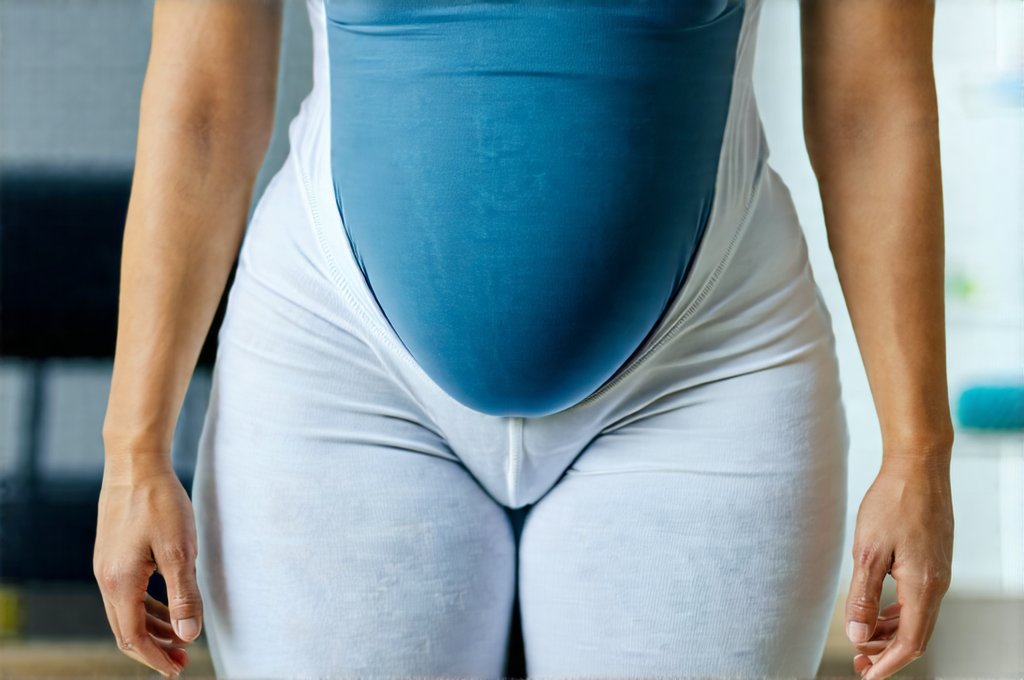Bladder pain can be incredibly disruptive, impacting daily life in ways many people don’t understand. It’s often dismissed as simply needing to “drink more water,” but for those experiencing chronic discomfort, the issue is far more complex. What makes it even trickier is that bladder pain isn’t always caused by a physical problem within the bladder itself. Increasingly, healthcare professionals are recognizing the significant role stress and emotional factors play in triggering or exacerbating bladder symptoms – leading to what’s sometimes called “stress-induced bladder pain” or contributing to conditions like interstitial cystitis/bladder pain syndrome (IC/BPS). Understanding this connection is crucial for effective management and finding lasting relief.
This article will explore the intricate relationship between stress and bladder pain, helping you identify if your discomfort might be linked to emotional factors. We’ll delve into recognizing the signs, differentiating between physical and emotionally-triggered symptoms, and exploring strategies for managing both the physical sensations and underlying stress contributing to them. It’s important to remember that this is informational; seeking professional medical advice is always essential for diagnosis and treatment. Recognizing these connections can empower you to take control of your well-being and seek appropriate support.
Understanding the Stress-Bladder Connection
The link between our brains and bladders isn’t as straightforward as we might think. The bladder has a complex nervous system, heavily influenced by both the autonomic nervous system (which controls involuntary functions like urination) and the limbic system (responsible for emotions). When we experience stress – whether it’s acute, like facing a deadline, or chronic, like ongoing anxiety – our bodies react with what’s known as the “fight-or-flight” response. This triggers a cascade of physiological changes, including increased heart rate, muscle tension, and altered bladder function. In some individuals, this can manifest as heightened bladder sensitivity, urgency, frequency, and pain. Essentially, stress can amplify signals to the bladder, making even normal sensations feel painful or uncomfortable.
Furthermore, chronic stress can lead to muscle tension in the pelvic floor – the group of muscles that support the bladder, bowel, and reproductive organs. This tension can compress the bladder, contributing to symptoms similar to those caused by direct bladder inflammation. It’s also important to understand that emotional distress doesn’t cause a damaged bladder; it alters how we perceive pain signals and impacts the overall functioning of the urinary system. The nervous system becomes hypersensitive, meaning even mild stimuli can be interpreted as intense pain. This is why stress-related bladder issues are often cyclical – the pain itself causes more anxiety, which then worsens the pain, creating a vicious cycle.
This isn’t to say that all bladder pain is due to stress. Many conditions, such as urinary tract infections (UTIs), kidney stones, and interstitial cystitis/bladder pain syndrome (IC/BPS) have distinct physical origins. However, even in these cases, stress can significantly exacerbate symptoms and hinder recovery. Differentiating between the sources of your pain is a critical step towards effective management.
Identifying Stress-Triggered Bladder Pain
Recognizing if your bladder pain is linked to stress requires careful self-observation and awareness of patterns. One key indicator is the timing of your symptoms. Do you notice that your bladder pain flares up during periods of high stress, such as before a big presentation, during a difficult work project, or when facing personal challenges? Conversely, do your symptoms tend to improve when you’re relaxed, on vacation, or experiencing positive emotions? This correlation is a strong clue. Look for patterns beyond immediate stressors – chronic underlying anxiety or depression can contribute to ongoing bladder issues even if there isn’t an obvious trigger at any given moment.
Another telltale sign is the presence of other stress-related symptoms alongside your bladder pain. These might include: – Muscle tension (especially in the shoulders, neck, and jaw) – Fatigue – Difficulty sleeping – Irritability or mood swings – Digestive issues (like stomachaches or irritable bowel syndrome) – Headaches. If you experience several of these symptoms concurrently with your bladder pain, it strengthens the possibility that stress is a contributing factor. Pay attention to how your body reacts to different situations and keep a symptom diary to track patterns over time. This can be invaluable when discussing your concerns with a healthcare professional.
Distinguishing Between Physical and Emotional Triggers
One of the biggest challenges in identifying stress-triggered bladder pain is differentiating it from physical causes. UTIs, for example, typically present with sudden onset, burning sensation during urination, frequent urge to urinate, and sometimes cloudy or bloody urine. While these symptoms can overlap with those of stress-related bladder pain, UTIs usually involve a clear infection that requires antibiotic treatment. Interstitial cystitis/bladder pain syndrome (IC/BPS) is more complex – it involves chronic bladder inflammation and often presents with persistent pelvic pain, urgency, frequency, and pressure in the bladder area. However, even IC/BPS symptoms can be significantly worsened by stress.
A key difference lies in the response to treatment. If your symptoms don’t improve with antibiotics for a UTI or standard treatments for IC/BPS, it suggests that another factor – like stress – may be playing a significant role. Additionally, physical causes often have more consistent and predictable patterns, while stress-triggered pain tends to fluctuate based on emotional state. It’s essential to rule out any underlying medical conditions with your doctor before assuming the pain is solely stress-related. This might involve urine tests, pelvic exams, or other diagnostic procedures. Don’t self-diagnose; seek professional evaluation. If you are concerned about bladder issues, it may be helpful to learn how to tell if your stone prevention medication is working.
The Role of Pelvic Floor Dysfunction
Pelvic floor dysfunction (PFD) often accompanies stress-induced bladder pain and can contribute significantly to the discomfort. As mentioned earlier, chronic stress leads to muscle tension, particularly in the pelvic floor muscles. This tension can restrict blood flow to the area, impair lymphatic drainage, and put pressure on the bladder and other pelvic organs. PFD doesn’t necessarily mean your pelvic floor is “weak” – it could also be too tight or uncoordinated. Both scenarios can lead to urinary symptoms like urgency, frequency, incomplete emptying, and pain.
Recognizing signs of PFD can help pinpoint stress as a contributing factor. These might include: – Difficulty relaxing the pelvic floor muscles – Pain during sexual activity – Constipation or difficulty with bowel movements – A feeling of pressure or fullness in the pelvis – Lower back pain. Pelvic floor physical therapy is often an effective treatment for PFD, focusing on techniques to release tension, improve muscle coordination, and restore proper function. This can be a valuable component of managing stress-related bladder pain, as it addresses both the physical manifestations and underlying muscle imbalances.
Managing Stress and Bladder Pain: A Holistic Approach
Effectively managing stress-triggered bladder pain requires a holistic approach that addresses both the physical symptoms and the underlying emotional factors. Simple lifestyle changes can make a significant difference. Regular exercise – even moderate activity like walking or yoga – releases endorphins, which have mood-boosting effects and help reduce stress. Prioritizing sleep is also crucial, as lack of sleep exacerbates anxiety and increases pain perception. Mindfulness techniques, such as meditation and deep breathing exercises, can help calm the nervous system and reduce muscle tension.
Beyond lifestyle changes, consider exploring therapeutic options. Cognitive behavioral therapy (CBT) is a powerful tool for managing stress and changing negative thought patterns that contribute to bladder pain. Biofeedback helps you learn to control involuntary bodily functions, including pelvic floor muscles, reducing tension and improving bladder function. Support groups can provide a safe space to share experiences and connect with others who understand what you’re going through. Finally, don’t hesitate to seek professional help from a healthcare provider specializing in pelvic pain or urogynecology. They can assess your specific situation, rule out other causes, and develop a tailored treatment plan that addresses both the physical and emotional aspects of your condition. It’s also important to learn how to tell if your flare-ups are caused by food or stress to better understand your triggers. If you’re experiencing discomfort, it’s vital to learn how to know if your bladder is fully emptying. And finally, consider learning how to tell if your urology medication is working to ensure you’re on the right track with treatment.





















